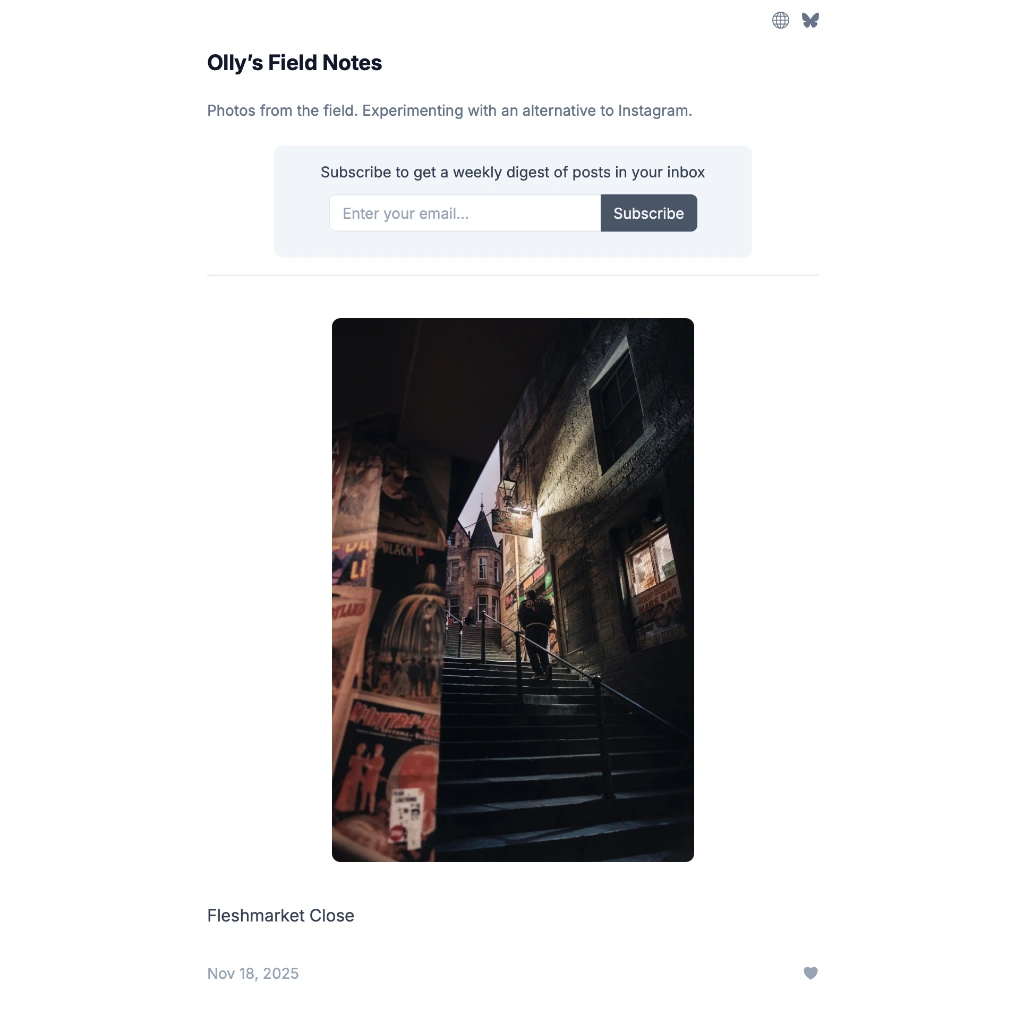Fujifilm X100V and X100VI for street photography - a review

My first Fujifilm camera was the Finepix F11 back in 2005. I upgraded from a Canon Ixus 3 and I loved it. Fast forward 11 years and I bought my first Fujifilm X Series camera, the X100T. This was the third generation X100, with a 16MP sensor. It was a wonderful camera. I had young kids at the time and I used it mainly for snaps, not street. Also, I always stuck with JPEG mode because I didn’t have time to edit and I absolutely loved the look of the film sims (especially Classic Chrome). Here are a few examples, straight out of camera but with a few tweaks in Lightroom for this blog post.
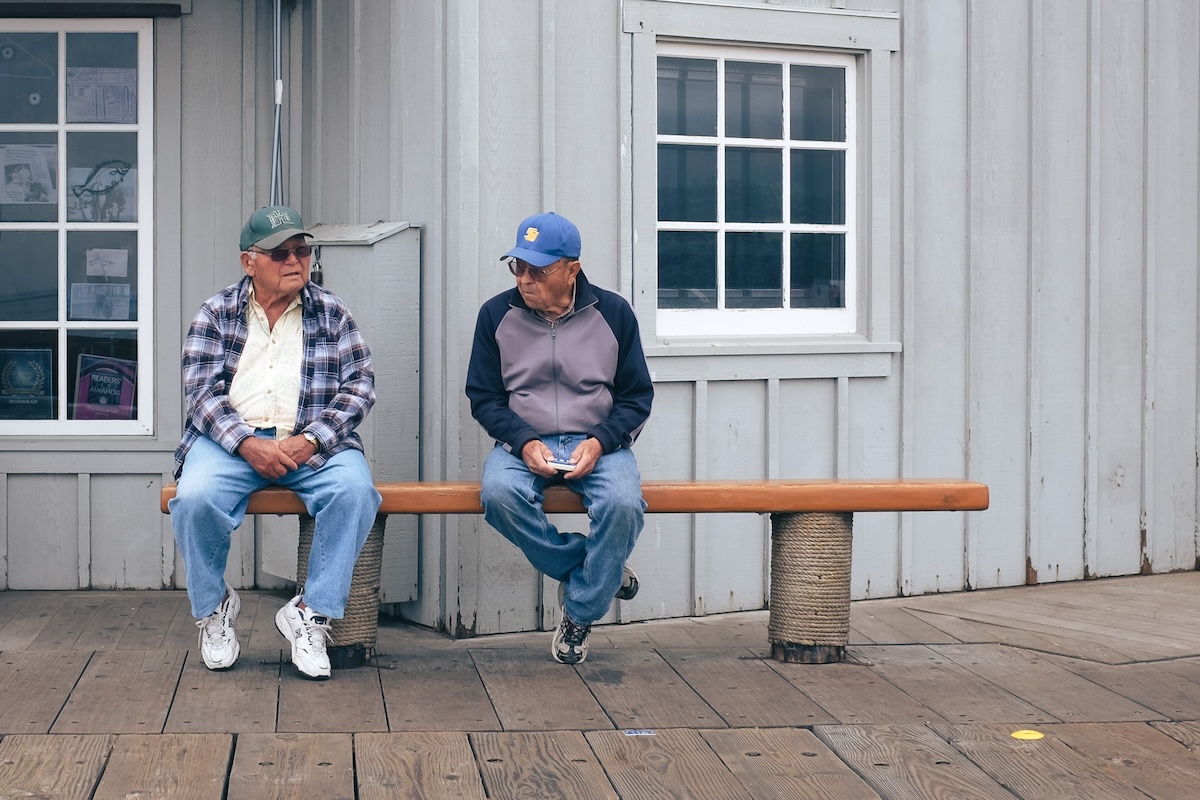



In 2021 I traded the X100T for an X-S10. I loved that camera, but at times I missed the X100T, so in 2022 I decided to complement it with an X100V (which, fun fact, I bought from Roman Fox). I loved this newer model even more than the X100T.
Some people question why you’d want a fixed lens camera when interchangeable lens bodies are so much more flexible. One big reason is portability – the X100V is pretty small and lightweight. Also, the constraints of a single lens can be really powerful for creativity. It forces you to move around, to find the right frame and the right angle.
Another big selling point of the X100 series is the 35mm (full frame equivalent) lens. This is the most flexible of all focal lengths in my opinion. You can shoot literally anything at this focal length – landscapes, portraits, street, whatever – so an X100-series camera is super-flexible despite having a fixed lens. You can go along way using this as your only camera!
If you’re fairly serious about your photography, of course it’s really helpful to also have camera with interchangable lenses. There are situations where you might want to go much wider than 35mm, or much tighter, but you don’t necessarily have to pick one or the other – you can have both! It’s totally normal for amateurs to have two cameras, one as an everyday carry and the other for more specific work. It’s also great to have a second camera as a backup!
If having two cameras isn’t realistic (these are not cheap devices!), I’d still go for the X100V if I was just starting out with photography, or if I mainly took travel or street photos. The X100V is the perfect gateway camera.
Build quality
The build quality of the X100V is great. I’ve never used a Leica (one day!) but it’s probably not quite at that level of quality, but be in no doubt that the X100V is a solid piece of kit. The metal body is sturdy without being heavy. The dials feel great – they’re easy to adjust but with enough resistance to prevent you accidentally moving them (unlike the X-T5!). The buttons and the joystick on the rear of the camera feel good enough, if not exactly robust, but they’ve given me no problems so far.
I’ve shot thousands of photos with this camera and it still looks like new. No peeling paint, no discolouration, not even a dink or a scratch. I really try and look after my kit – I don’t buy that haughty view that a camera needs to be battered to prove it’s been used and loved. I did actually drop it recently but somehow it came away unscathed!
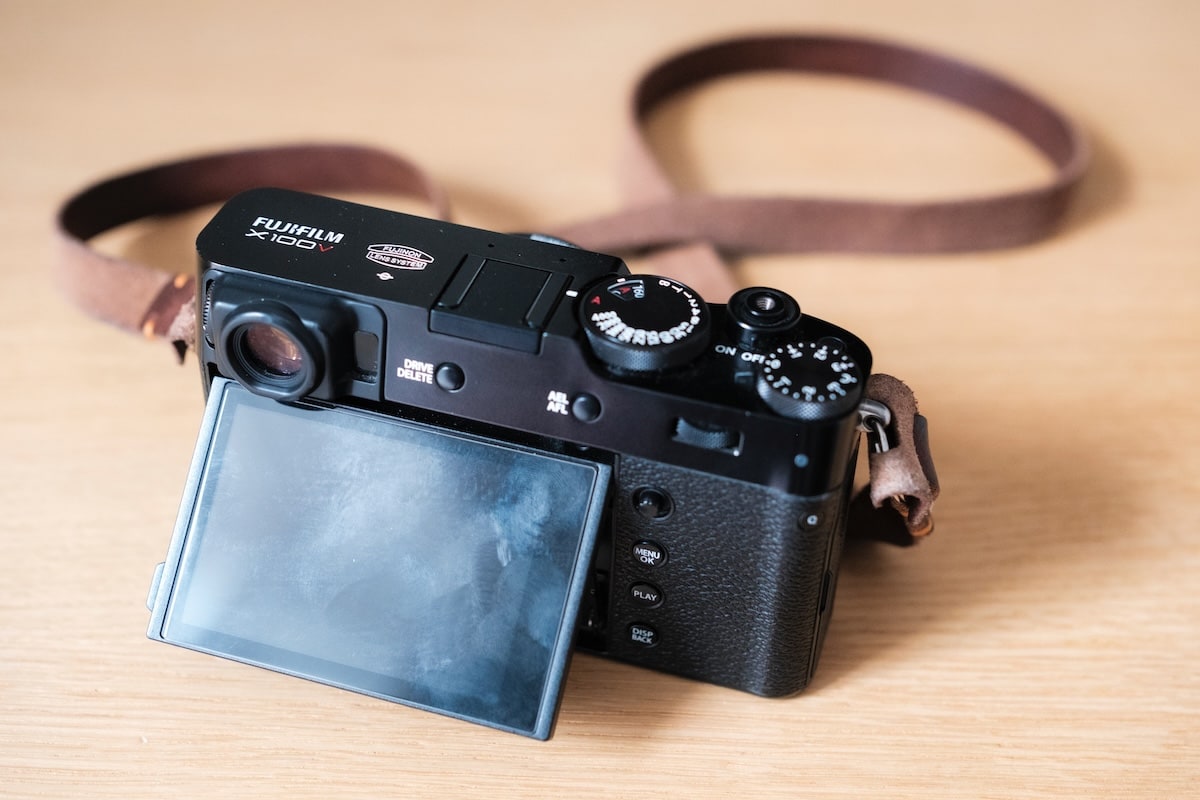

I put a screen protector on when I bought it which was probably unnecessary, but the protector was cheap and it does protect well. I also bought the Fuji weather sealing kit which is a bit steep at £99 in the UK. The camera had a cheap version of this included when I bought it, but I didn’t like the look of it – it stuck out too much and didn’t look right. This is such a beautiful camera, it’s worth paying a bit more to keep the aesthetic in my opinion, and the official Fuji kit looks great.
I also bought a square lens hood which looks really nice, but most of the time I just keep the weather kit on. I live in Scotland after all! ☔️
Image quality
The image quality is fantastic, no question. I’m not a pixel peeper, so I’m sure it’s possible to pick holes in the quality at some level, but the vast majority of normal people are going to think the images look stunning. The X100V has a 26MP sensor, so it won’t have quite the detail or resoluton of the most premium cameras around today. The X100VI will be better in this regard (it has a 40MP sensor) but, frankly, in most situations you’re never going to notice. Even the 16MP images from my X100T look amazing today.
The camera lacks a bit of dynamic range, and it can be grainy at higher ISO (3200+), but both of these can be tweaked and adjusted in Lightroom easily if you’re shooting RAW, and with JPEGs to a lesser extent.
In a nutshell, the image quality is fabulous. Just compare the photos to those from your phone and you’ll see what I mean.
These days I don’t shoot JPEGs straight out of the camera unless I’m taking family snaps, but the built-in Fujifilm film sims are just wonderful. People talk a lot about the Fujifilm colour science because it’s leagues ahead of other brands for JPEGs. If I moved systems to Leica, say, I’m pretty sure I’d really miss the Fujifilm film sims.
However! Why on earth don’t Fuji backport some of the newer film sims to older cameras, such as the wonderful Nostalgic Neg? I have this on my X-T5 but not on my X100V. Why? Perhaps there’s a technical reason, but I’m skeptical about that. It feels like older camera users are being punished for not upgrading, but perhaps I’m wrong. If you have an answer to this, I’d love to know!
Here are some sample X100V images I took over the last year in different situations:
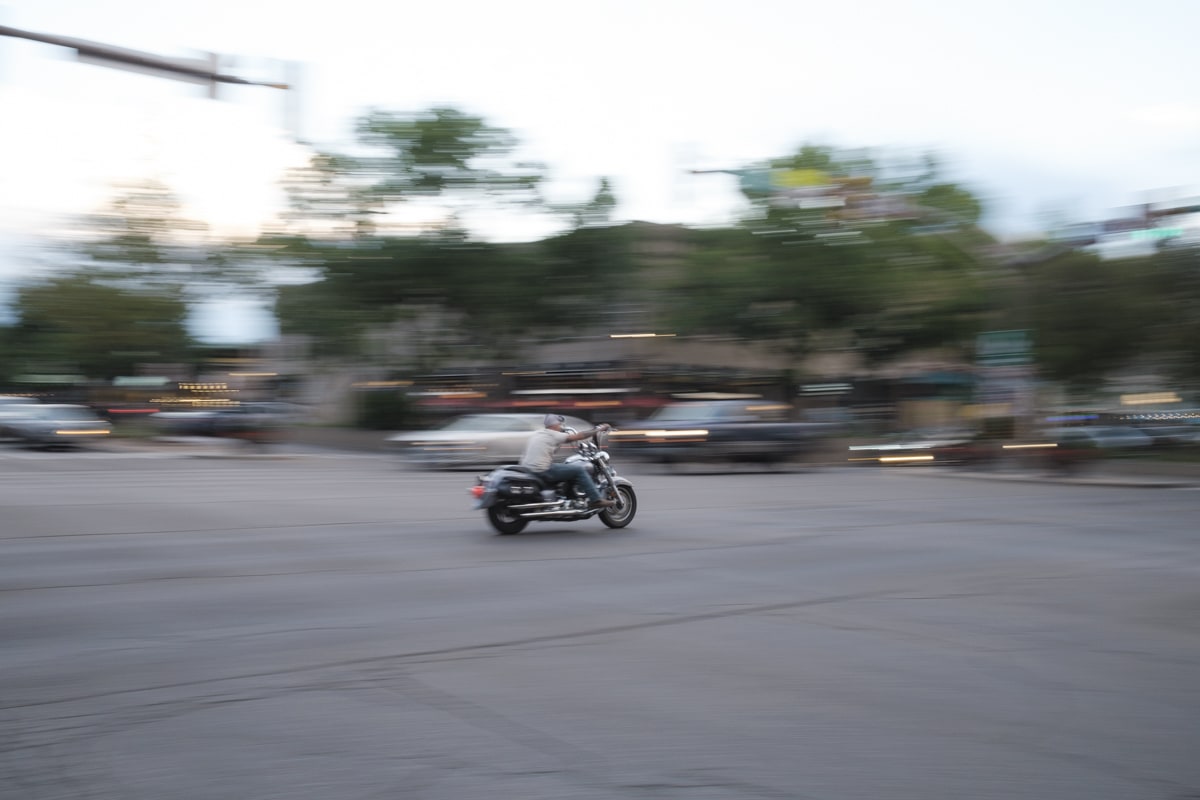

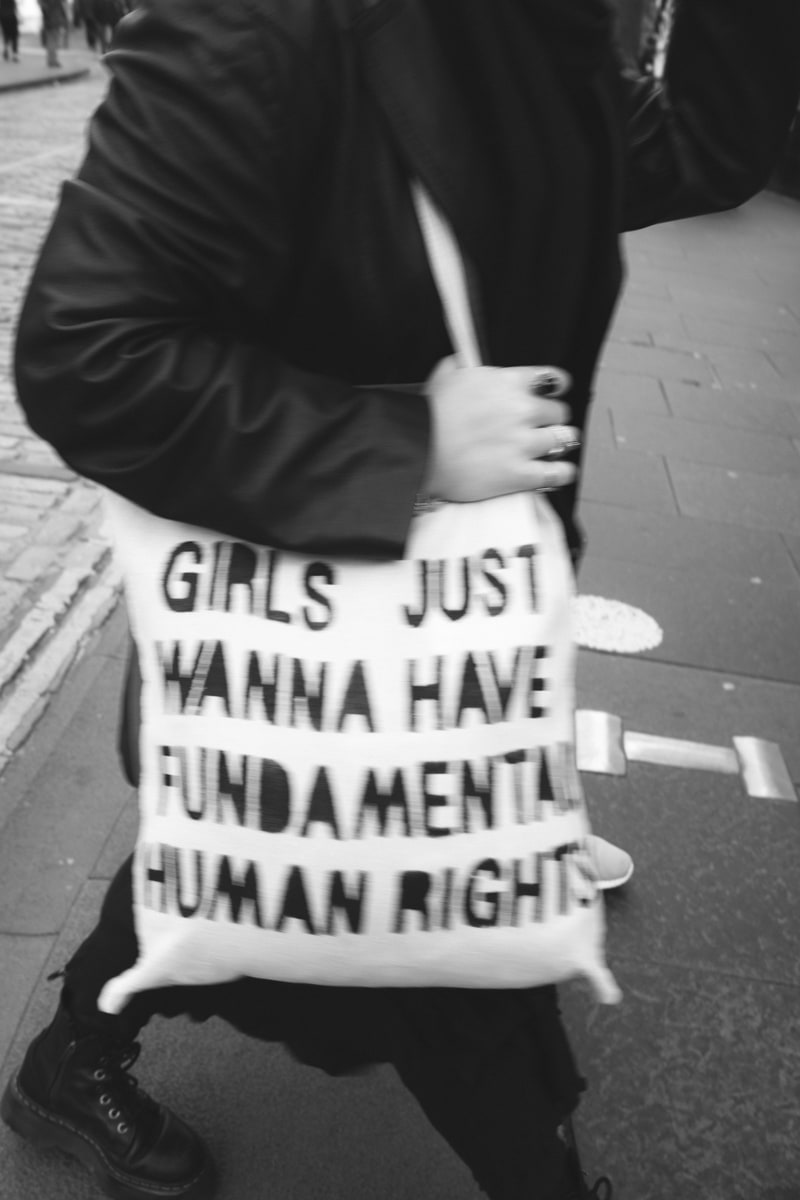


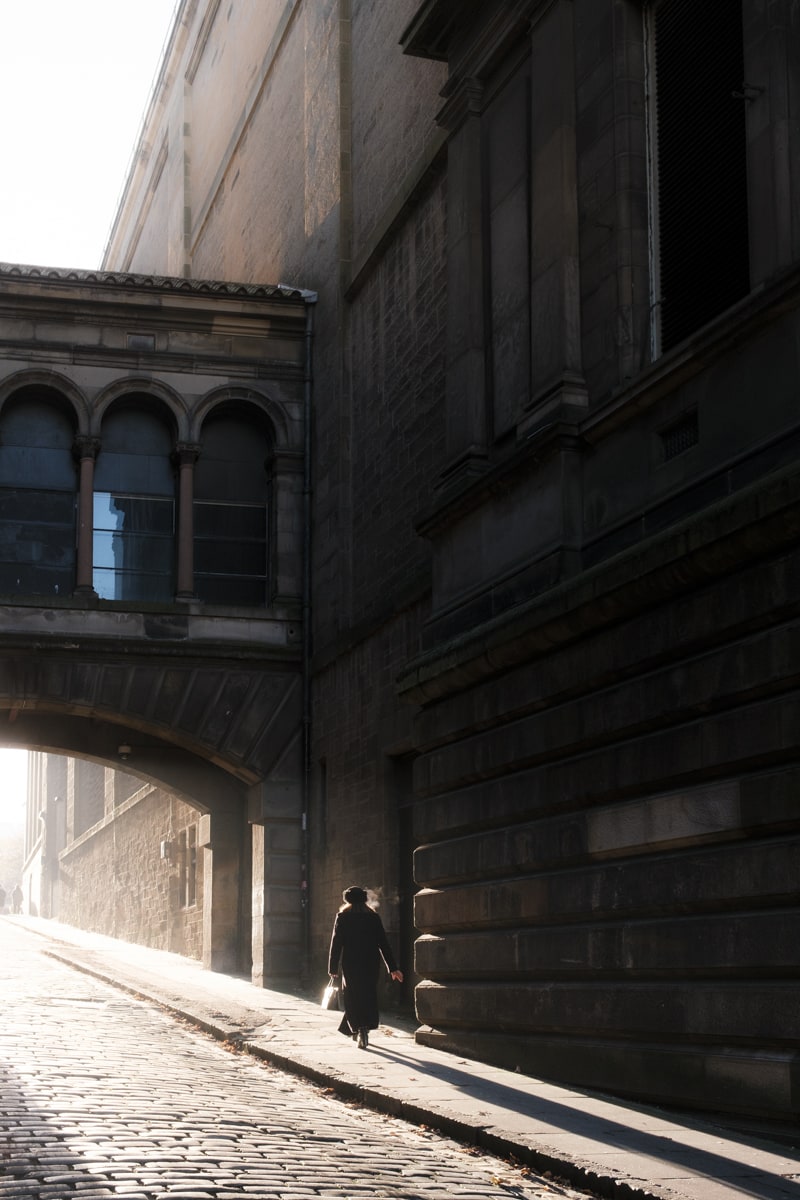
Performance
The X100V performs really well out on the streets. The processor is fast and while autofocus is pretty good, it’s not amazing. I regularly miss shots when shooting street, but this could be my own incompetence. I’m still trying to find the best balance of single shot / continuous with zone / single point. I tend not to use manual unless there’s a specific reason where autofocus is failing me, e.g. shooting through glass.
The burst modes are excellent. I often keep the camera on 6fps when shooting street and I pretty much always capture people in the right walking position at that burst rate.
I love the silent leaf shutter (great for candid shots in quiet locations), and the built-in ND filter is an amazing feature for capturing motion blur without having to resort to fiddly filters. The downside with the ND filter on the X100V is the lack of IBIS, which means you can introduce camera shake problems at slower shutter speeds (e.g. 1/30 or slower). I imagine that this is much better with the X100VI.
There are lots of other features such as HDR, exposure bracketing and panorama mode but I find I could do without all of these. I never use them for the type of street photography I do.
Ergonomics
The X100V is a rangefinder-style camera and I absolutely love the way it feels, but people who are more comfortable with a chunky grip SLR-style camera might not like it. It’s lightweight (478g!) and I usually shoot with two hands on the camera so it’s really comfortable. Sometimes I do the neck-strap-wrapped-around-the-wrist trick so I can carry it one handed without really needing to grip the camera. You can carry it all day this way, and shoot one handed if you like. To be honest though, for the best experience, shoot two-handed and use the EVF.
95% of the time I shoot in aperture priority. I feel the camera is made for this way of shooting. The aperture ring is great, although it is very close to the body so it’s not as easy to adjust as an X-T5 with a Fuji lens on it (e.g. the 23mm f2). In aperture priority mode, I use the exposure comp dial a lot to tweak the exposure and, ergonomically, this works great – it’s positioned perfectly for my thumb.
The buttons on the rear of the camera work well. I’d prefer a D-pad in addition to the joystick to give me a few more customisable buttons. It’s no deal breaker, but I miss it from my X-T5.
To get the most out of Fujifilm cameras, spend time assigning buttons to the settings you feel you use the most, dpending on how you shoot. There’s no fixed approach here because everyone has different needs and styles. The most common settings for me are switching focus modes (single point and zone) and exposure mode (between multi and centre weighted). I’ve assigned buttons to these, and I’ve also customised the “My Menu” which I use more than the Q menu. To change ISO modes, for example, I press the Menu button to bring up My Menu, then I use the joystick to navigate up and down. It’s pretty simple and you get used to it easily. Customisation is very subjective of course, so don’t necessarily do what I do – figure out what’s most important to you and how you shoot.
I pretty much always use the EVF unless I’m shooting low to the ground, in which case I’ll pull the screen out and use that. The main reason I don’t use the screen when shooting is that my eyesight isn’t so good these days! The EVF is pretty good though – not as high quality as the X-T5 but I can’t really tell much difference to be honest (eyesight again!).
The X100 cameras can switch the EVF to a real rangefinder view which is very clever. This offers you more of a traditional rangefinder experience. I’ve tried so many times to use this, but I always go back to EVF. I really like being able to adjust exposure with the comp dial and see what this looks like, so this makes the rangefinder view pointless for me. That said, I’d really like a Leica M-series one day, so perhaps I should try and get used to this way of shooting! That would be a nice challenge for 2025.
Enjoyment
I’ve heard people say their Sony cameras are technically amazing, but they feel like “tools” rather than something that they enjoy holding and using. The X100V is a tool like any other camera, but it’s just so nice to hold and fun to shoot with! It looks beautiful, very much like a Leica M series (surely the most beautiful of all cameras?), and it feels wonderful to use. It’s a camera that makes you want to go out and shoot, just for the experience of using it! That’s a special thing, and I don’t think you could say that about many cameras.
My X-T5 is also a great to shoot with, but not quite as much as the X100V. There’s something special about it for sure.
Gripes
Nothing is perfect, but to be honest the X100V comes pretty close. I genuinely don’t have many gripes.
One thing to say is that the battery life isn’t amazing (compared to the X-T5, it’s noticably worse), but additional batteries are pretty cheap to buy and they’re lightweight so it’s easy to carry one or two spares with you if you’re out shooting for a day. You can also charge the camera using USB-C from a powerbank, so that’s another option. I’ve never had a problem with battery life though. I can shoot 600 shots on a couple of batteries, no problem, and I usually leave the camera switched on as well.
The X100VI has the same battery, IBIS, and a more powerful processor so perhaps battery life is rather worse in that model?
Speaking of the X100VI…
While I’ve been tempted, I haven’t upgraded to the X100VI. The main difference between the V and VI is the 40MP sensor, X-Trans V processor and IBIS. I have the X-T5 which has the same sensor and processor as the X100VI and I don’t think the 40MP is that noticeable an improvement for most people. 26MP is honestly fine, more than good enough! The RAW files are significantly smaller too.
I would like IBIS in my V for sure, especially when shooting in low light or using the ND filter. If there was one thing that would make me upgrade it would be this, but I’m holding out for now.
Conclusion
The X100V is a wonderful, iconic camera. It’s timeless. Some say it’s a poor man’s Leica, but I disagree. In some ways it’s arguably better than a Leica Q3 (the closest Leica), such as size and weight, the in-built ND filter, the film simulations and the 35mm focal length (Q3 has been 28mm only until recently, with the 43 which admittedly looks incredible!).
The downside is that both the X100V and X100VI are difficult to get hold of right now. People are selling the V second hand at higher prices than retail, which is crazy, and the VI has a 6-month waiting list. I wouldn’t recommend paying over the odds for one. I’d suggest getting an older model if that were possible, like the X100F, instead.
Another option would be to look at buying a second hand X-E4 or the new X-M5 and putting a 23mm f2 or 27mm f2.8 on it. A reasonable compromise.
The only real competitors on the market are the Leica Q or the Ricoh GR series. The Leica Q3 is very desirable (especially the new 43mm model), but they cost 3-4x as much money - almost £6000 in the UK. If shelling out this kind of money isn’t a problem for you, you should definitely consider the Leica, but bear in mind it isn’t as compact and you won’t get the 35mm focal length. The Ricoh GR is even more compact, but in my mind it’s more akin to the Finepix F11 than the X-100 series. It’s ASPC, sure, but it has no viewfinder, no dials, no aperture ring. That’s no fun!
Availability issues aside, if you get the chance to acquire an X100V or X100VI, don’t hesitate. It’s worth it. They’re things of beauty, a design classic, and they’ll bring you photography joy for years to come. I don’t think a better street photography camera exists.
Create a Photo Journal with Pagecord
Pagecord is a beautiful, independent blogging platform, perfect for photographers. Create a photo blog on your own domain for only $29/year. Private, no ads, no algorithm - just your photography.
